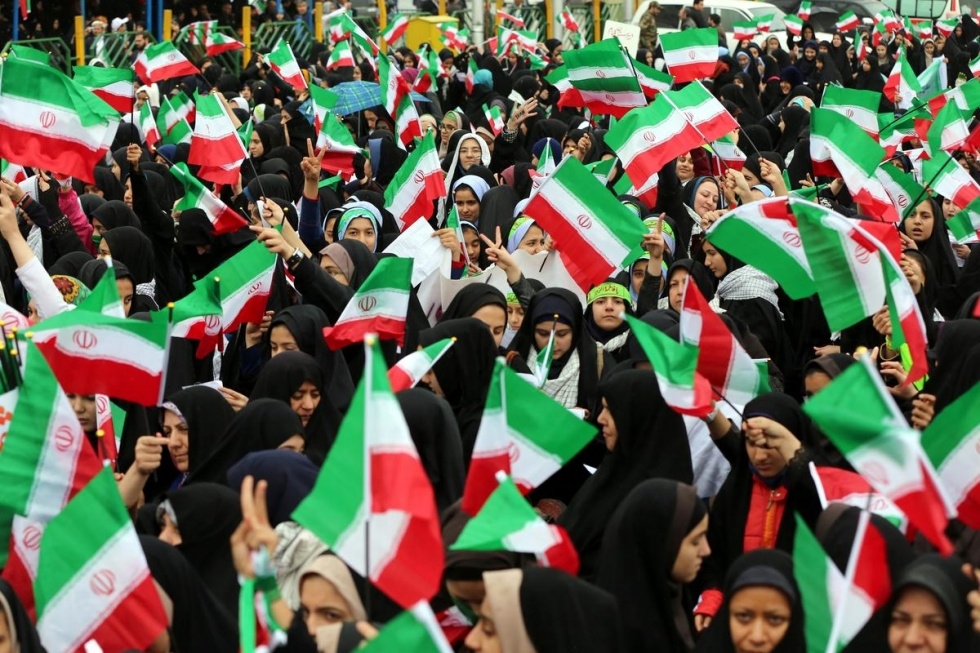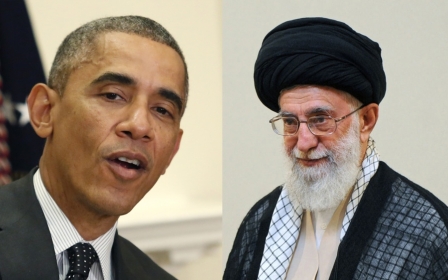36 years on, the US is still struggling to understand Iran

Last week, the Islamic Republic of Iran commemorated the 36th anniversary of the Islamic Revolution that toppled the Shah and empowered sections of the Shiite clergy. In the last three and a half decades the face of Iran has changed beyond all recognition, as have many aspects of the country’s domestic and foreign policy.
Newly de-classified US files relating to the so-called “Huyser mission” (referring to late General Robert E. Huyser) paint a picture of American helplessness in the face of the Iranian revolution. While the United States had reluctantly abandoned the Shah by the time General Huyser arrived in Tehran in early January 1979, there appears to have been an absence of detailed insight as to what should and would follow the Shah’s overthrow.
Instead American leaders and strategists had adopted very broad and general policy guidelines such as the need for the US and Iran “to have strong and stable government ties”. As it turned out the very opposite ensued, as Iranian-US relations plunged into a Cold War which continues to this day.
These de-classified documents are important not only because they help settle historical uncertainties and disputes, but more importantly because they underline America’s deep confusion and misunderstanding of the nature of Iranian society and the attendant balance of power within that society.
The United States could still draw important lessons from its doomed mission to manage the Iranian revolution. This is all the more important as there are tentative but credible signs of a possible thaw in bilateral relations.
Historical clarity
The release of classified documents centred on the so-called Huyser mission go a long way in achieving near total clarity on the role of foreign powers in the Iranian revolution of 1978-79.
The issues at stake are not merely academic, as for the past three and a half decades a lively and at times acrimonious debate has raged within certain Iranian communities – particularly those in exile – on the putative complicity of the US government in the Shah’s downfall.
The conspiracy theories are mainly pushed by royalist circles and those parties who lost a great deal in the dramatic shift of power which followed the revolution’s climax on 11 February 1979.
The remnants of the Shah’s regime have long argued that the revolution could not have succeeded without covert support from the United States. General Huyser’s belated mission to monitor and manage the final stage of the revolution neatly fitted into this conspiracy theory.
But what the declassified files show us is that the United States had failed to predict – let alone manipulate – the timing and intensity of the Iranian revolution. Moreover, US leaders, strategists and policymakers appear to have been deeply confused and divided on how to respond.
The broad majority of US decision makers – including President Jimmy Carter – appear to have been intent on supporting a civilian administration led by the late Shapour Bakhtiar. However, a significant minority, led by national security advisor and chief US foreign policy strategist at the time Zbigniew Brzezinski, were not opposed to a military coup by the Shah’s army.
In any case, based on the newly declassified files – and other credible sources – there is no evidence whatsoever that the United States government, whether in whole or in part, had conspired against the Shah.
On the contrary, the US government appears to have been intent on not ceding any form of advantage to the revolutionaries. The primary US concern was the preservation of Iranian-American ties, which US leaders thought could best be achieved by retaining as much of the Shah’s regime as possible.
Hence the strong US support for the doomed Shapour Bakhtiar (who was prime minister for barely a month) and the Shah’s army. This ill-informed American strategy unravelled within weeks as Bakhtiar fled his post and the army declared its neutrality in the face of the inevitable.
Lessons from the past
The Huyser mission documents tell us a great deal about the depth of US misunderstanding of Iranian polity and society. Foremost, some American strategists (notably Brzezinski) appear to have been deluded in so far as they thought a military coup could actually stop the revolutionary tide.
A coup would not have only provoked a bloodbath but most likely it would have led to the rapid disintegration of the Iranian armed forces. The Iranian revolution had engaged and energised every section of society and it was led by a profoundly charismatic leader. In short the revolution was an unstoppable force.
As it turned out the revolutionaries rewarded the armed forces’ neutrality by allowing the military to retain most of its structures, doctrines and culture. But the revolutionaries were far-sighted enough to create a parallel armed force in the form of the Islamic Revolutionary Guards Corps (IRGC).
In the immediate term the Revolutionary Guards not only neutralised the potential threat from the army, but long-term the IRGC became the vehicle through which revolutionary Iran projected a wide range of soft and hard power across the region.
One of the main factors underpinning the intensity and longevity of the political, ideological and strategic conflict between Iran and the United States is the seeming inability of the US government to come to terms with the Iranian revolution.
The post-revolutionary national security establishment in Iran has often complained that the United States aspires to engineer a “regime change” in Iran with a view to restoring the status quo ante. This factor alone, the Iranians argue, makes honest engagement with the United States all but impossible.
If the United States is serious about coming to a limited understanding with the Islamic Republic with a view to restoring relations in the long-term, then American leaders and policy makers must address this central Iranian concern. It is only by officially recognising the changes inspired by the Iranian revolution that the US can begin to credibly re-engage with Iran.
- Mahan Abedin is an analyst of Iranian politics. He is the director of the research group Dysart Consulting.
The views expressed in this article belong to the author and do not necessarily reflect the editorial policy of Middle East Eye.
Photo: Iranians attend the 36th anniversary of the Islamic Revolution in Tehran's Azadi Square on February 11, 2015 (AA)
New MEE newsletter: Jerusalem Dispatch
Sign up to get the latest insights and analysis on Israel-Palestine, alongside Turkey Unpacked and other MEE newsletters
Middle East Eye delivers independent and unrivalled coverage and analysis of the Middle East, North Africa and beyond. To learn more about republishing this content and the associated fees, please fill out this form. More about MEE can be found here.





